The Complete History of Amazon and Its Rise: From A to Z
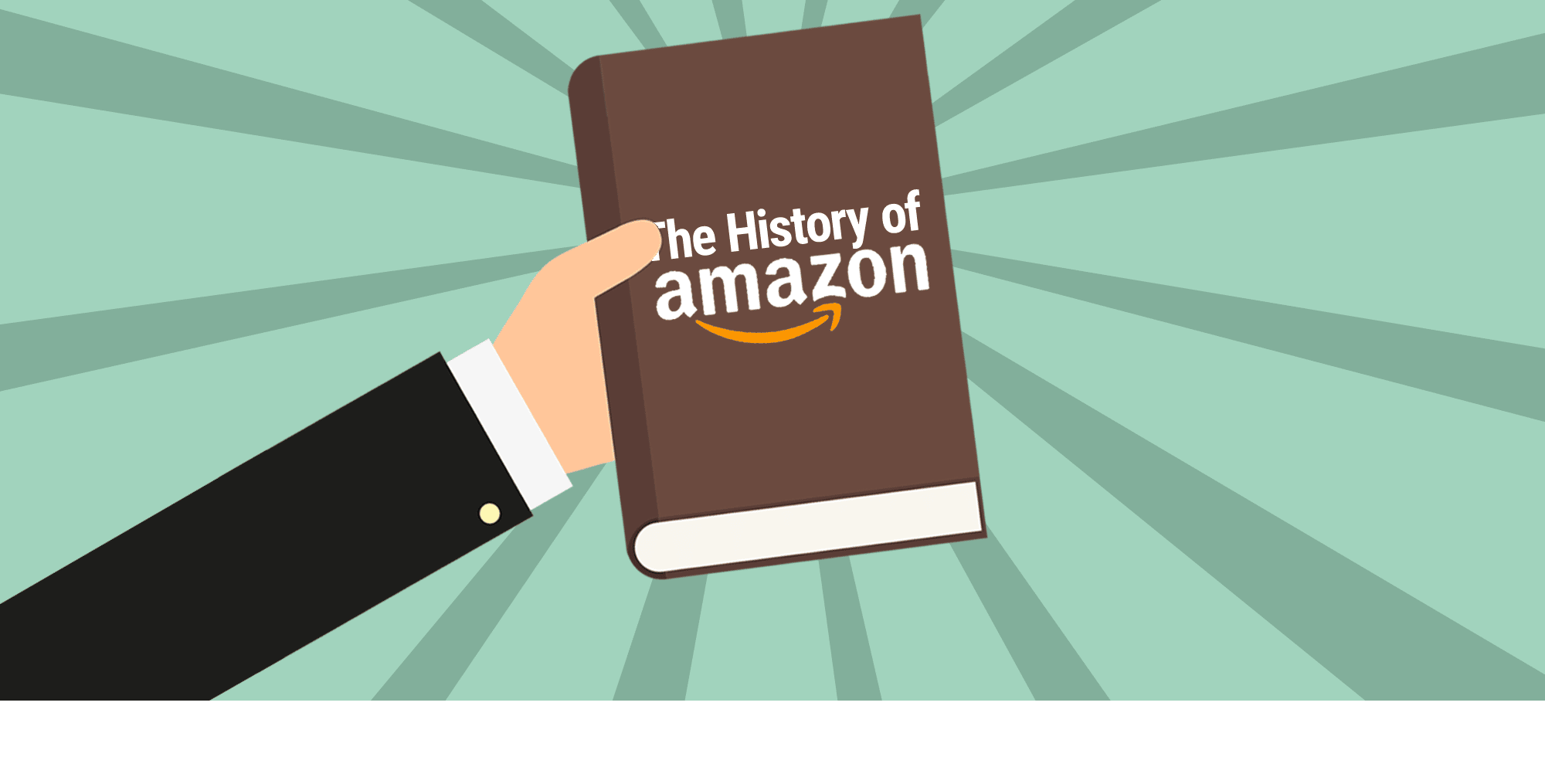
It isn’t easy to build a commercial giant from scratch, but within just a few years, Amazon has had enough time to become one of the world's leading companies.
Amazon history is on the same level as others like Apple, Google, or Microsoft — one of those companies that begins in a dusty and abandoned garage and ends in a skyscraper.
This article delves into Amazon's background, how did Amazon start, when did Amazon start selling more than books, and the evolution of Amazon.
Related Reading: Alibaba vs Amazon: Comparing Two Ecommerce Giants
History of Amazon: Cadabra
Jeff Bezos, a young man fresh out of Princeton, the university he graduated from in 1986, quickly began to make a name for himself in the business world, eventually becoming vicepresident of the major Wall Street firm DE Shaw and Co. A position he left in 1994 to launch his own company in Seattle (Washington).
After reading a report on the future of the Internet that projected annual growth of web commerce of 2,300%, in the space of a garage (Seattle in 1994), Jeff Bezos decided to build his new online company. The result of this adventure was Cadabra, the embryo of Amazon.
When the company was born, it was exclusively dedicated to selling books on the Internet. “With more than three million titles for sale and available throughout the world, the books category has more articles than any other“, acknowledged the founder of the company in an interview.
At the same time, in his incessant quest to improve business volume, the entrepreneur soon opted to change the name of the company.
Bezos selected the name Amazon by looking in the dictionary. He chose this name because of its association with the Amazonas river and also because it began with the first letter of the alphabet.
Amazon’s slogan is From A to Z.
Amazon History: Amazon Early Days
Bezos decided that this new business would sell books over the web, due to the large worldwide demand for literature.
Additionally, he also took advantage of the low price that could be offered for books and the great selection of titles that were available in print.
Amazon.com website was launched on July 16, 1995. Immediately beginning an exponential growth of the company and its presence on the web.
After 30 days of Amazon.com going online and without media promotion, Amazon was selling books in all 50 US states and 45 countries.
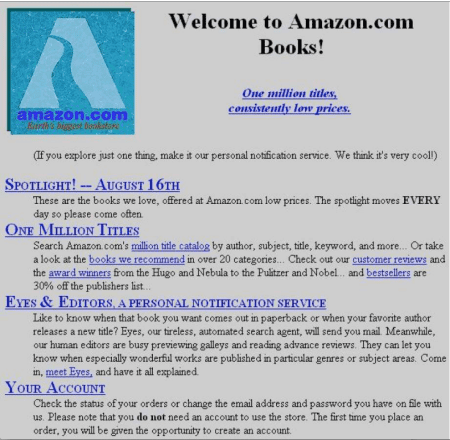
Bezos wanted to work on making the website as customer-friendly as possible and relating the site to all types of customers. The company offered discounts, affordable prices, offered topic areas to browse, books recently featured, a recommendation center, access to customer reviews… And a bunch of other customer hits!
Despite the quick takeoff, not everything could be rosy. It wasn't long before other companies started attacking the new company of having stolen his business idea, like Walmart accused Bezos's business.
When Did Amazon Start Becoming a Giant Retailer?
Amazon made its debut on the stock market on May 15, 1997, trading under the NASDAQ symbol AMZN. During its initial public offering, the company's shares were priced at $18 each, and since then, they have experienced a yet significant growth, rising by a staggering 211 times.
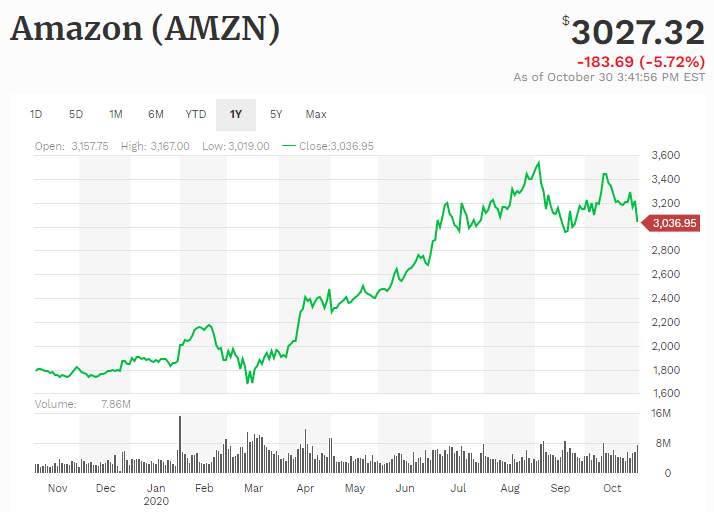
The business plan that Amazon decided to go for in the beginning was completely unusual and unexpected. The company didn’t expect to make a profit until four or five years later, and because of this kind of “slow” growth, shareholders began to complain that the company wasn’t reaching profitability fast enough to justify its investment and even it wasn’t fit for long-term survival.
In November of 1997, Amazon opened an East Coast distribution center in New Castle, Delaware, in order to serve customers on the East Coast.
In 1998, Bezos’s company continued to grow so much that it expanded its offering to other products, such as music, video game or movie compact. Amazon ended the second quarter of this year as strong as ever.
During the final year of the 20th century, Amazon pioneered a platform for third-party sellers to market used items through what it initially termed zShops, now recognized as the Marketplace. This initiative garnered swift success, with a remarkable one-quarter of consumers making purchases through this service within the initial months.
Besides, Bezos ended the year by the big door when Time magazine honored him with its prestigious “Person of the Year” award.
In 2000, the company took a total turnaround transforming itself into a marketplace and allowing its users to find and sell a variety of products and services online with the highest levels of quality and guarantee in the market.
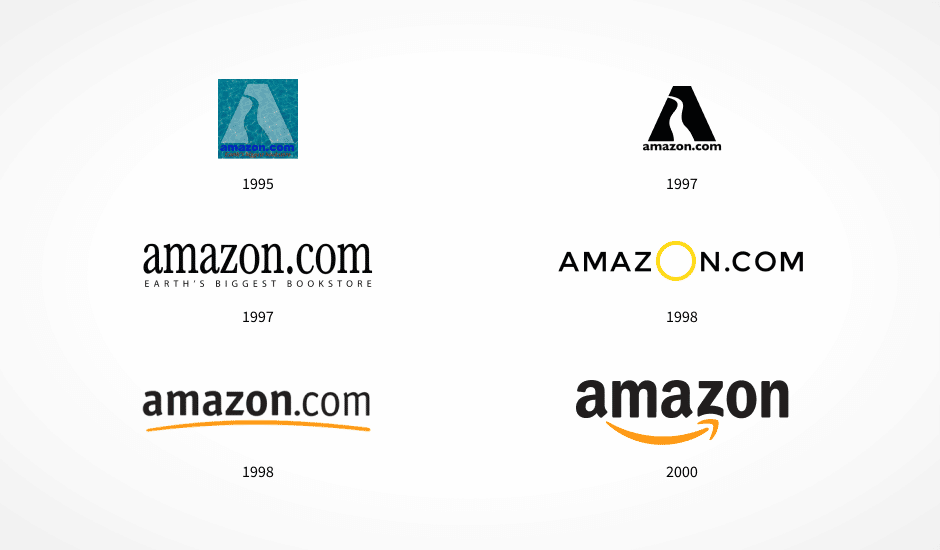
Having now fully entered the 21st century, Amazon adventured to take another huge step in its relentless evolution.
In 2002, the company continued to diversify by launching Amazon Web Services (AWS). This service is a cloud service platform that provides a variety of infrastructure services such as storage, networks, databases, application services, messaging, and artificial intelligence, among others. AWS has a presence in 190 countries around the world.
Amazon Web Services data centers are in the United States, Japan, Australia, Brazil, Europe and Singapore. Actually, Amazon’s biggest source of operating profit is its AWS program.
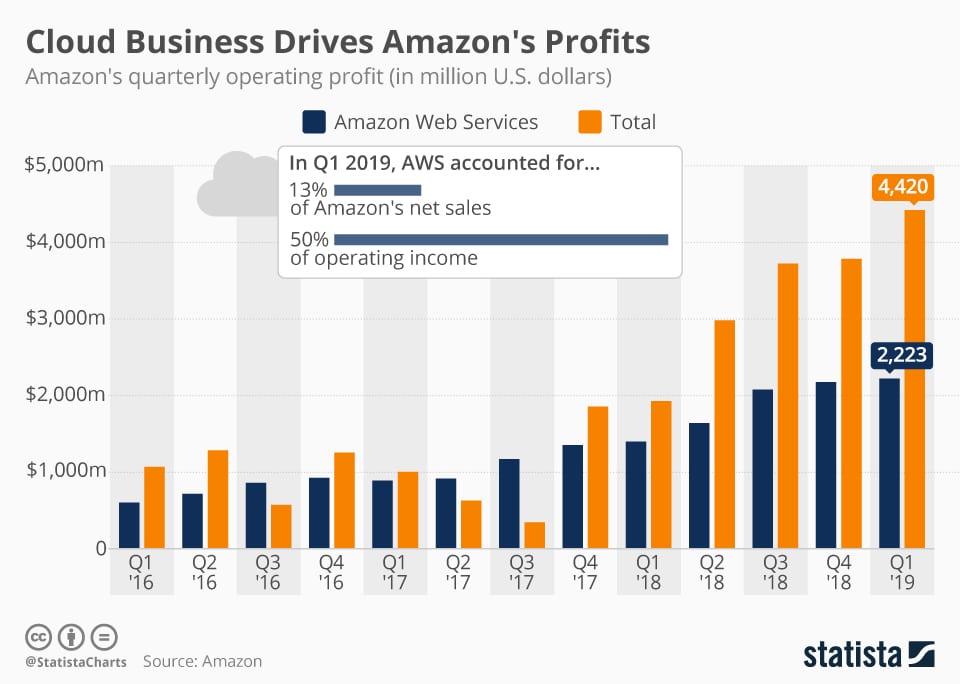
In 2004, Amazon bought Joyo. This company used to sell books and other media products, shipping to customers nationwide.
Joyo was renamed “Amazon China” when Jeff Bezos acquired the company. The acquisition deal also included control over other Chinese subsidiaries and partners owned by Joyo.com. China boasts immense popularity in the realm of ecommerce, standing as one of the largest and most influential markets in the world. Additionally, China has became the largest exporter in the world.
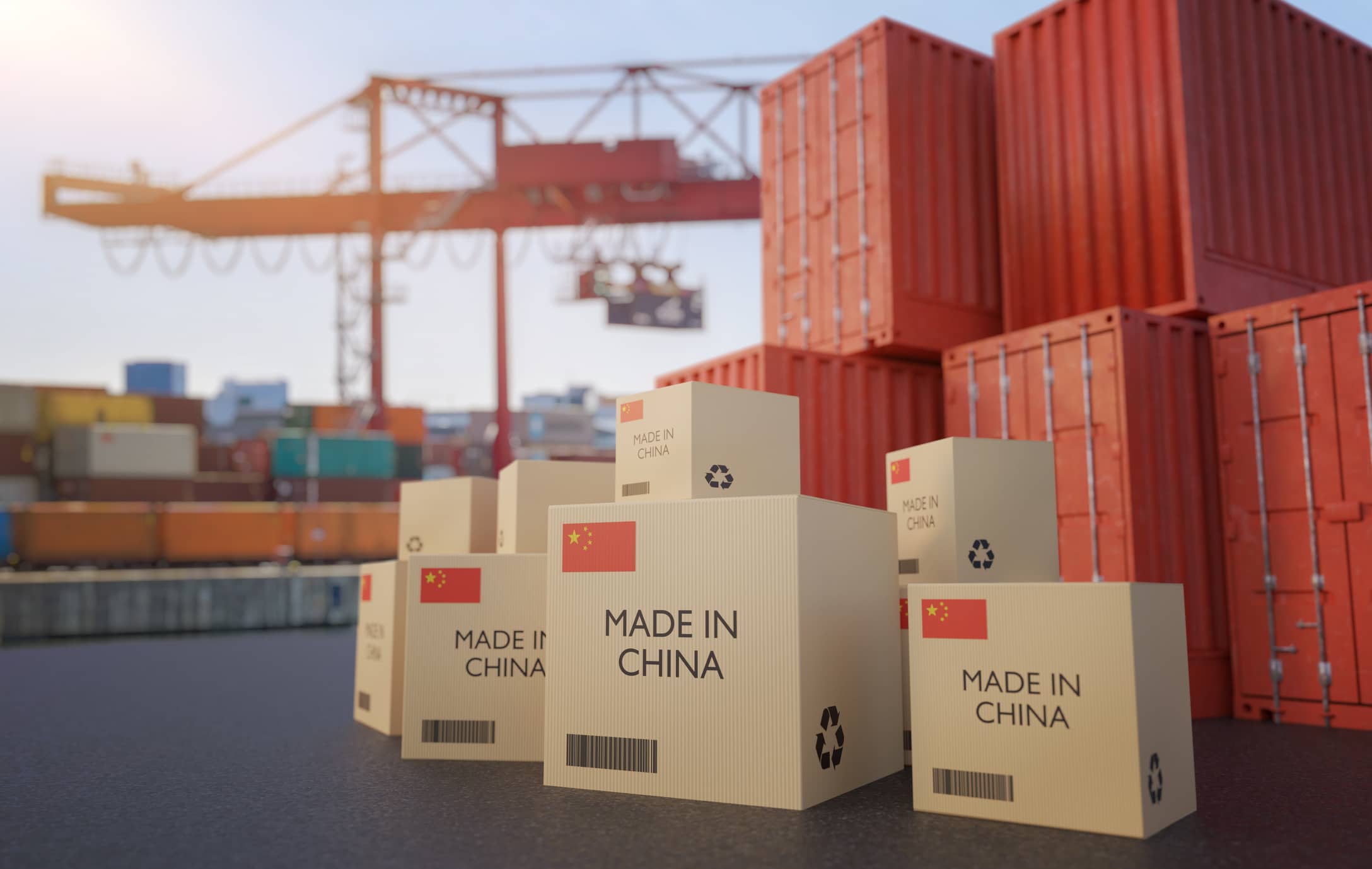
In 2005, Amazon launched the popular Amazon Prime service, which allows products sold by the company as well as those of third parties sellers, to be shipped completely free of charge in a period never exceeding 48 hours.
When Amazon launched its Fulfillment By Amazon (FBA) service in 2006, it was a groundbreaking program.
FBA, or Fulfillment by Amazon, is a program empowering sellers to list and sell items on the Amazon platform. It offers the convenience of storing merchandise in Amazon's warehouses, and Amazon takes charge of shipping to customers, managing refunds, returns, and ensuring top-notch customer service. This relieves sellers from the intricacies of handling the entire process independently.
Thus began an ascending pyramid of growth for Amazon, that's why Amazon third-party sellers are part of the core of Amazon and are one of the most important sources of income, along with AWS, since more than 50% of all Amazon sales come from third-party sellers.
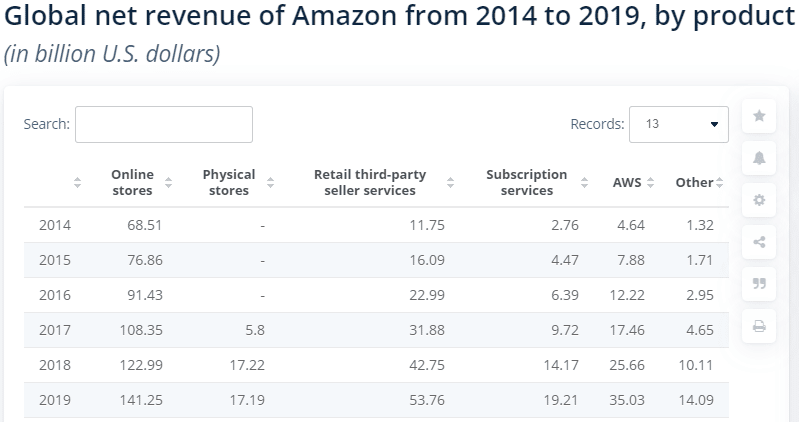
Despite the rapid diversification of the company, there were still many projects that Bezos hadn’t had time to touch on.
He began to acquire companies and start new projects such as Joyo (the largest online seller of books and electronics in the Chinese market), Audible (audiobooks company), Zappos (shoe shopping site), IMDB, Good Reads, Kiva Systems (robotics company), Twitch (social video game streaming site), Whole Foods, and The Washington Post, among others, to his portfolio.
On top of that, Amazon introduced its own innovations, including Kindle, Echo, Alexa, Fire Tablets, and Fire TV.
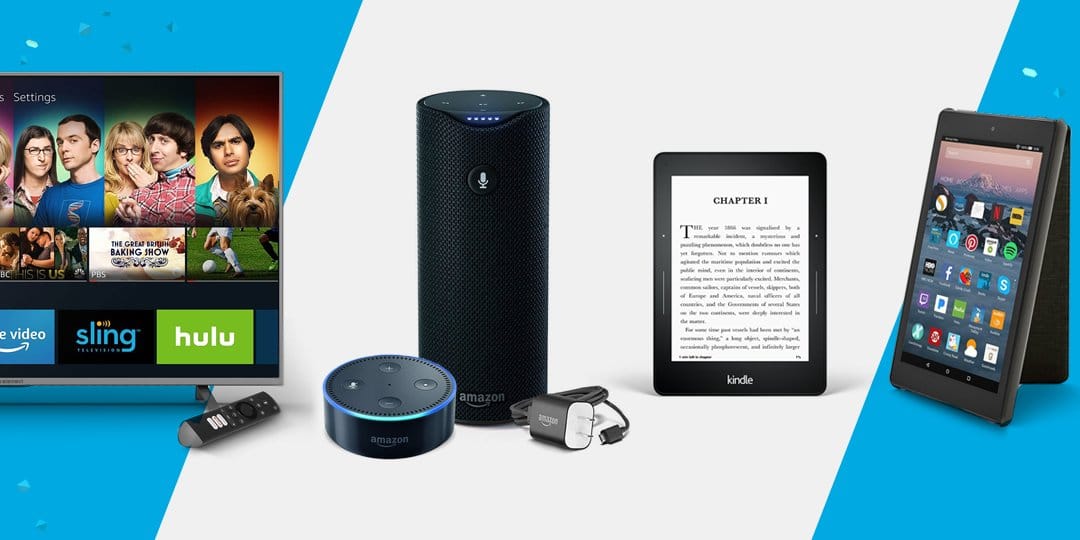
Amazon's success truly lies in viewing people not just as consumers but as valued customers, consistently prioritizing them over sellers.
Their vision is still met with skepticism, particularly from third-party sellers who feel most impacted. Nevertheless, this skepticism has become a central aspect of their success today.
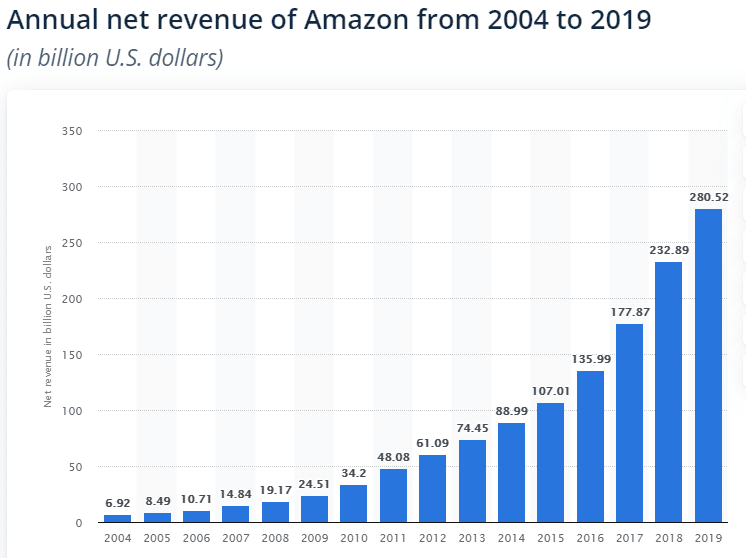
Amazon has evolved the world of e-commerce, the ability for customers to rate products and wish lists, the ease of one-click purchases, and flexibility in returns.
Amazon Ethical Concerns and Criticisms
The success of the largest companies of our time, which tend to belong to the technology sector, is usually explained by their capacity for innovation, their high inventiveness and by risk when others didn’t.
In 2020, the global economy took a severe blow due to the pandemic. During this period, the surge in Amazon's share value significantly augmented the fortune of its founder and CEO, Jeff Bezos, between January 1st and October 31st, 2020.
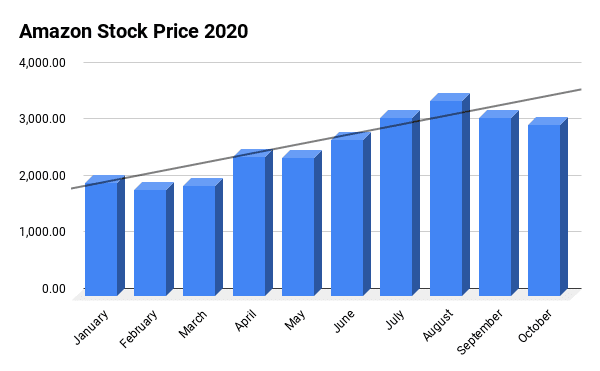
Also, the company has suffered strikes in some of its departments due to insecurity and to demand higher wages protections, while it has been accused of firing people for criticizing the company.
In this context, articles such as “How Does an Amazon FBA Warehouse Work and What are the Conditions? I Worked at One” offer a nuanced perspective on the intricate operations of Amazon.
Amazon is one of the most profitable companies in the world. In fact, it has more revenue than many states. According to the income level of the 100 largest economies in the world, 69 are companies and the rest are states, thus far surpassing the power and influence of most countries in the world.
There’s a common and unfriendly strategy in its continual growth plan: offshoring. The transnationals move their production to countries with fragile social and labor protection systems and with no environmental legislation.
Additionally, these companies use tax havens to avoid paying taxes generating losses of one billion dollars a year. The result is an unprecedented concentration of wealth, inequality, systematic human rights violations, and the destruction of ecosystems.
Despite the seriousness of the human rights violations and environmental crimes of many transnational companies, there is no international agreement that holds them accountable. When the law doesn’t work the same way for everyone, there’re always players who benefit from it.
Transnational corporations systematically prioritize profit over the environment and human rights. They are very well protected and can very rarely be held responsible for the violations they commit, which is why a legally binding treaty is necessary that allows victims access to justice and makes companies have to assume responsibility for their violations.
In 2014, the Binding Treaty was released. This is a process that obliges transnationals to respect human rights and the environment.
FTC is Fighting Tech Giant Amazon
Amazon is the success story of one of the world's largest tech companies, where billions of dollars are dedicated to creating businesses capable of offering a product at the lowest possible price.
Amazon’s theory is if it makes consumers happy with low prices and return policies where third-party seller loses out, they will leave Amazon alone and thrive. This is how Amazon has managed to build a huge empire, evading the scrutiny of regulators.
Few people have spoken out against Jeff Bezos' monopolistic practices. Among them, is Margrethe Vestager, European Commissioner for Competition, who after two years of investigation, the European Commission has not gathered enough evidence to prove how Amazon manipulates its algorithm to give greater visibility to its products over those of third party sellers.

On this side of the pond, Lina Khan, appointed in 2021 by the Joe Biden Administration as commissioner of the U.S. regulator, published “The Antimonopoly Paradox of Amazon” in 2017, explaining some of the key strategies of how to “hunt” Amazon. In this report, Khan turned decades of antimonopoly economic theory on its head.
In the 1970s and 1980s, laws in the United States changed to decide what is and is not a monopoly based on consumer interests, that is, whether there is price competition or not. Lina argues that to determine if there is real competition in a sector, especially in the case of online platforms, one must analyze the structure and dynamics on which that sector is based.
“In addition to being an ‘online' store, it is also a ‘marketing' platform, a logistics network, a payment provider, financial services provider, a book publisher, a producer of series and movies, a fashion designer, a device manufacturer, and one of the world's largest cloud services providers,” details Khan.
The possible solution proposed by Khan is to consider these massive ‘online' platforms as something akin to public goods, like water, electricity, or gas, and regulate and intervene to eliminate price and service discrimination.
At the beginning of 2023, the Federal Trade Commission (FTC) started planning on filing a lawsuit against Amazon over its alleged anticompetitive practices.
But since 2021, the FTC has repeatedly pointed fingers at Amazon. The agency accused it of enrolling millions of consumers in its paid subscription service, Amazon Prime, without their consent and making it difficult for them to cancel.
In 2021, a complaint was filed, alleging that Amazon is violating FTC rules with how they run their ads.
In June 2023, Amazon reached an agreement to pay a civil penalty of $25 million to resolve accusations of violating a child privacy law. The allegations pertain to the storage of children's voice recordings and location data collected by their widely-used Alexa voice assistant.
In addition, Amazon had also agreed to provide customer refunds of $5.8 million as part of a settlement regarding alleged privacy breaches related to its doorbell camera product, Ring.
Final Thoughts
Starting with books, Amazon has spread its tentacles to other business areas ranging from the sale of all kinds of products to cloud services.
Further, attention to the consumer has taken Amazon to the top and become a giant that few can stand up to.
In the last fifty years, in the full effervescence of capitalist idealism, we have witnessed the creation of multiple empires that have ended up dominating the world in their sectors. Empires that, on their way to growth, have ruthlessly devastated wherever they have passed.
The case of the history of Amazon is no different. From its beginning, in the mid-1990s, Amazon has been involved in numerous controversies.
The business model of this company has been criticized by the booksellers and publishers sector; in its logistics centers, according to some of its workers, they work under not very favorable conditions; and also, an investigation has been initiated on the fiscal practices of Amazon.
These are just a few examples that show that growth does come at a price after all. Amazon has become a true giant that is on its way to dominating the world of eCommerce globally (if it doesn't already).
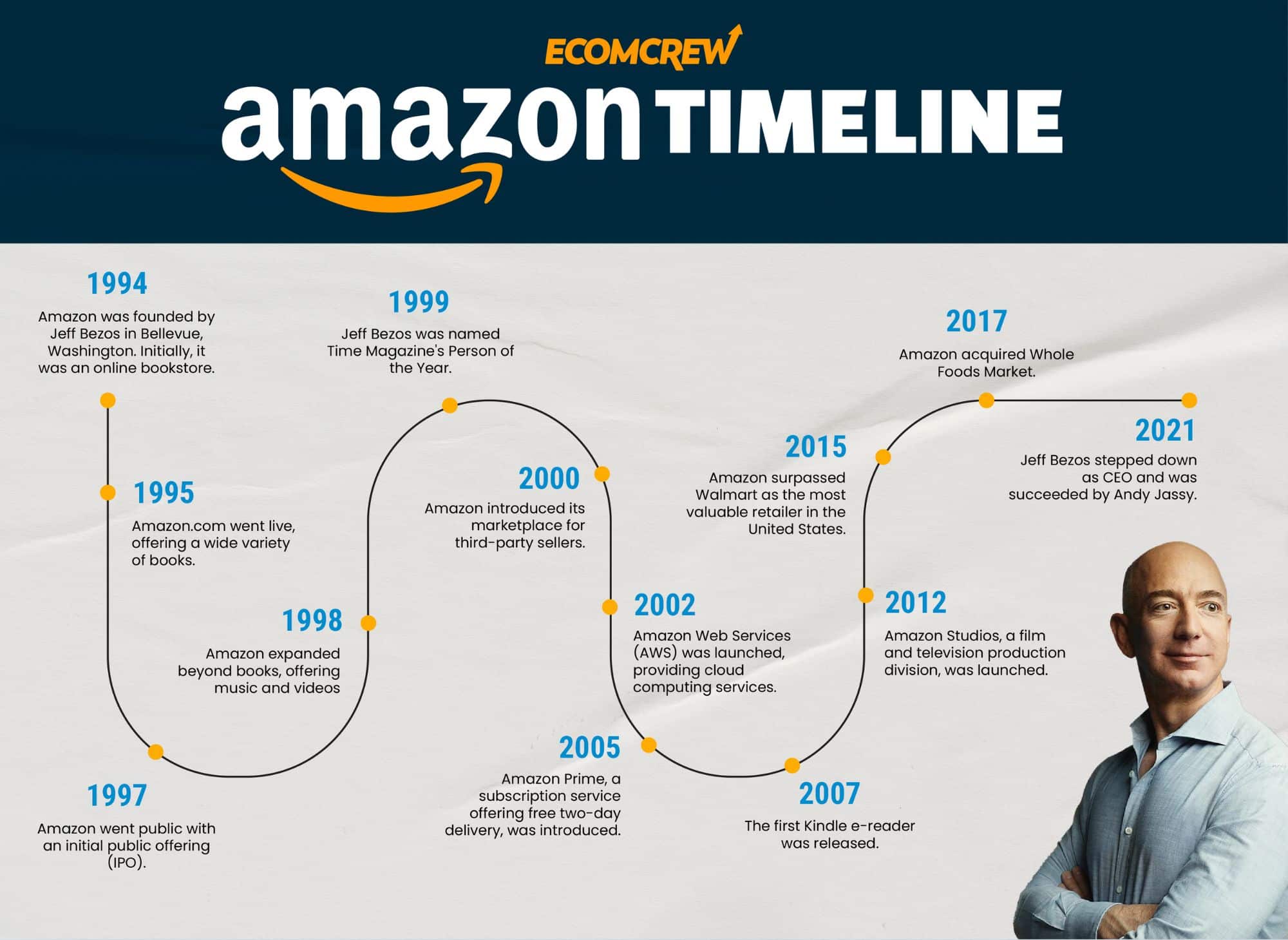




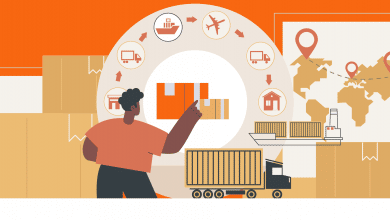
Nice writeup! I thought Amazon was initially called “Relentless”?
Seriously?